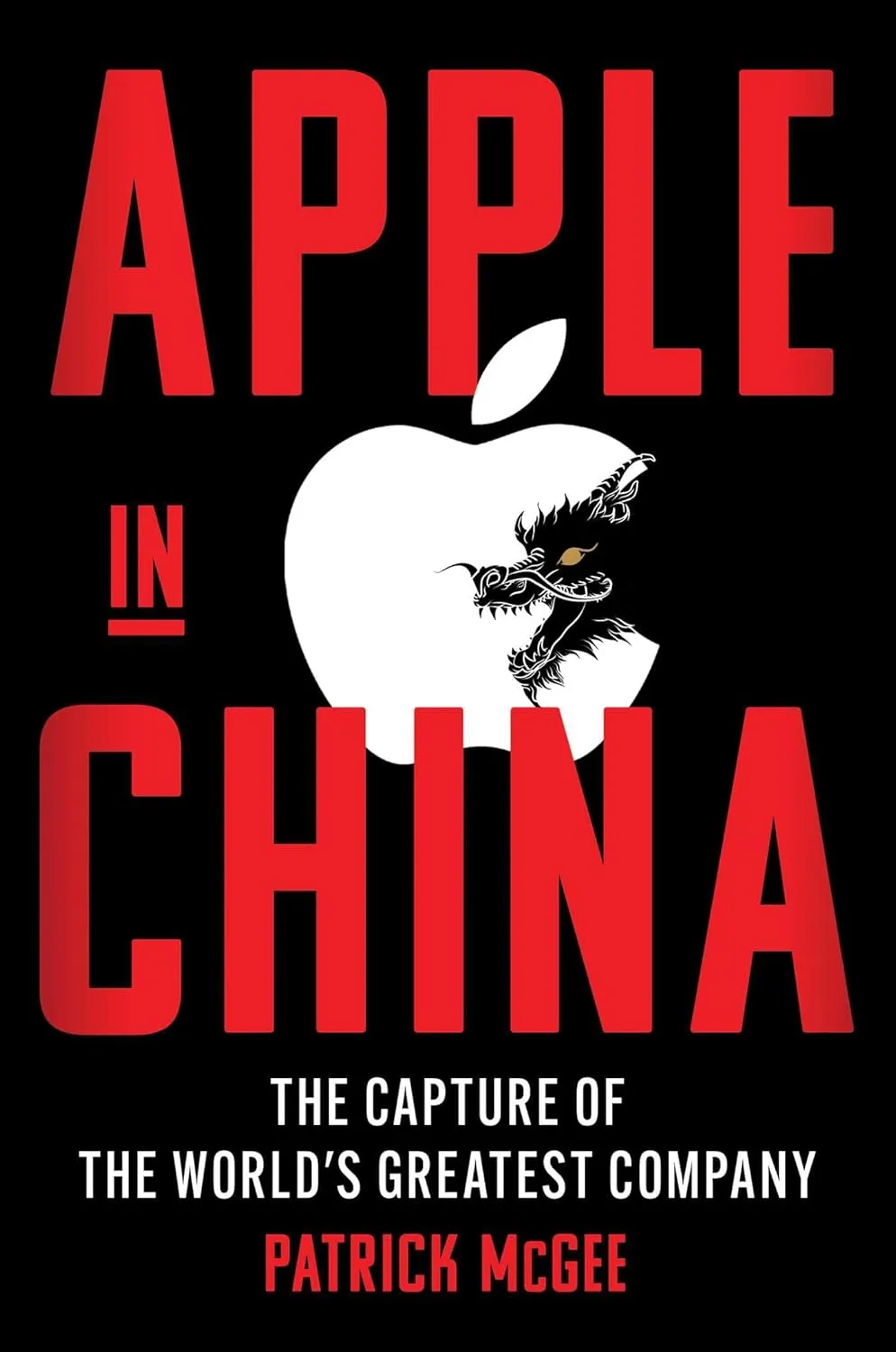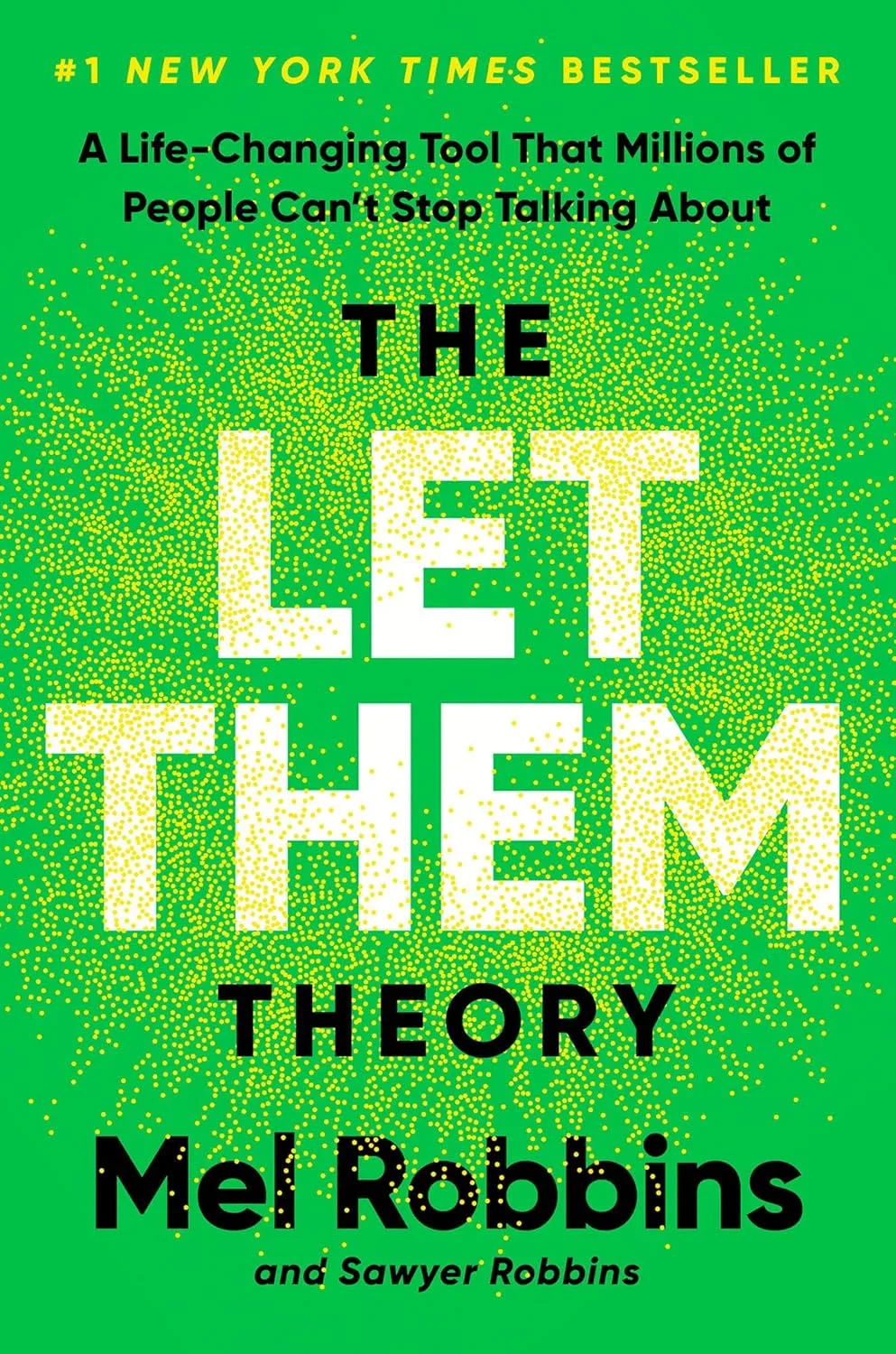A Timeless Guide to Financial Wisdom Through Ancient Parables
Overview
“The Richest Man in Babylon” is a collection of financial parables set in ancient Babylon, written by George S. Clason in 1926. Through engaging stories of merchants, traders, and ordinary citizens, Clason presents fundamental principles of personal finance that remain as relevant today as they were nearly a century ago. The book uses the wealthy ancient city of Babylon as a backdrop to teach practical money management lessons through memorable characters and situations.
Key Takeaways
| Principle | Description | Modern Application |
|---|---|---|
| Pay Yourself First | Save at least 10% of all earnings before any expenses | Automatic savings transfers, 401k contributions |
| Control Your Expenditures | Live below your means and distinguish wants from needs | Budgeting, expense tracking, mindful spending |
| Make Your Money Work | Invest saved money to generate passive income | Index funds, real estate, dividend stocks |
| Protect Your Wealth | Avoid risky investments and seek expert advice | Diversification, insurance, due diligence |
| Own Your Home | Property ownership reduces living costs and builds equity | Homeownership vs. renting analysis |
| Ensure Future Income | Plan for retirement and inability to work | Retirement accounts, life insurance, emergency funds |
| Increase Earning Ability | Continuously improve skills and knowledge | Education, professional development, skill building |
Book Structure
The book is organized into ten short chapters, each containing a parable or story:
Part I: The Seven Cures for a Lean Purse
- The Man Who Desired Gold
- The Richest Man in Babylon
- Seven Cures for a Lean Purse
- Meet the Goddess of Good Luck
Part II: Practical Applications
- The Five Laws of Gold
- The Gold Lender of Babylon
- The Walls of Babylon
- The Camel Trader of Babylon
- The Clay Tablets from Babylon
- The Luckiest Man in Babylon
Each chapter builds upon the previous lessons while introducing new characters and scenarios that reinforce the core financial principles through memorable storytelling.
About the Author
George Samuel Clason (1874-1957) was an American author and businessman born in Louisiana, Missouri. Before writing “The Richest Man in Babylon,” Clason founded the Clason Map Company of Denver, Colorado, which published road maps for the emerging automobile industry. He began writing and publishing pamphlets about financial success, using parables set in ancient Babylon. These pamphlets became so popular that they were eventually compiled into the book we know today.
Clason chose ancient Babylon as his setting because it was historically one of the wealthiest cities in the ancient world, making it an ideal backdrop for lessons about accumulating and managing wealth. His background in business provided him with practical insights that he wove into these timeless stories.
Why This Book Resonates
“The Richest Man in Babylon” has maintained its popularity for nearly 100 years for several compelling reasons:
Timeless Wisdom: The fundamental principles of saving, investing, and living below one’s means transcend economic cycles and technological changes. Whether in ancient Babylon or modern times, these principles remain the foundation of financial success.
Accessible Format: Complex financial concepts are presented through simple, engaging stories that anyone can understand and remember. The parable format makes abstract principles concrete and actionable.
Universal Application: The lessons apply regardless of income level, age, or economic background. A minimum-wage worker and a CEO can both benefit from the same core principles, scaled to their situations.
Practical Focus: Unlike theoretical finance books, this focuses on actionable steps that readers can implement immediately. The advice is straightforward and doesn’t require advanced financial knowledge.
Cultural Neutrality: By setting the stories in ancient Babylon, Clason created lessons that feel universal rather than tied to any particular modern economic system or culture.
Ideal Audience
This book serves multiple audiences exceptionally well:
Young Adults (18-30): Those just starting their careers who need foundational financial knowledge. The early implementation of these principles can lead to significant long-term wealth accumulation through compound interest.
Financial Beginners: Anyone who feels overwhelmed by personal finance and needs simple, actionable guidance without complex jargon or advanced concepts.
Parents and Educators: The parable format makes it excellent for teaching financial literacy to children and teenagers through storytelling.
Anyone Struggling Financially: People living paycheck to paycheck who need practical strategies for breaking the cycle and building wealth gradually.
Small Business Owners: Entrepreneurs who need to understand both personal and business financial principles for long-term success.
Those Seeking Financial Independence: Readers who want to build passive income streams and achieve financial freedom through time-tested principles.
Memorable Quote
“A part of all I earn is mine to keep. Say it in the morning when you first arise. Say it at noon. Say it at night. Say it each hour of every day. Say it to yourself until the words stand out like letters of fire across the sky.”
This quote encapsulates the book’s most fundamental principle: paying yourself first. It emphasizes that building wealth requires making savings a priority and a habit, not an afterthought.
Central Themes
| Theme | Key Message | Practical Impact |
|---|---|---|
| Personal Responsibility | Individuals control their financial destiny through choices and habits | Empowers readers to take action rather than blame circumstances |
| Delayed Gratification | Sacrificing immediate pleasures for long-term financial security | Builds discipline necessary for wealth accumulation |
| The Power of Compound Growth | Small, consistent actions create significant long-term results | Motivates starting early and staying consistent |
| Risk Management | Protecting wealth is as important as creating it | Emphasizes diversification and avoiding get-rich-quick schemes |
| Continuous Learning | Increasing earning ability through skill development | Links personal growth to financial growth |
| Living Below Means | Spending less than you earn is fundamental to wealth building | Provides framework for sustainable financial habits |
| Goal Setting | Clear financial objectives guide decision-making | Helps readers create specific, actionable financial plans |
FAQ
Q: Is this book still relevant in today’s economy? A: Absolutely. While the economic landscape has changed dramatically since 1926, the fundamental principles of saving, investing, and living below your means remain constant. The book’s focus on timeless principles rather than specific investment products makes it perpetually relevant.
Q: How much should I actually save according to the book? A: The book recommends saving at least 10% of all income as a starting point. However, it encourages saving more when possible and emphasizes that any amount is better than nothing. The key is consistency rather than perfection.
Q: Does the book provide specific investment advice? A: No, the book focuses on principles rather than specific investment vehicles. It emphasizes making money work for you and seeking wise counsel, but doesn’t recommend particular stocks, bonds, or investment products, which actually makes it more timeless.
Q: Can someone with a low income benefit from this book? A: Yes, the principles scale to any income level. Even saving small amounts consistently can build wealth over time through compound interest. The book emphasizes that anyone can implement these principles regardless of their starting point.
Q: How long does it take to read? A: The book is quite short, typically 100-150 pages depending on the edition. Most readers can complete it in 2-4 hours. However, implementing the lessons is a lifelong journey.
Q: Are there any criticisms of the book? A: Some critics note that the book’s advice, while sound, is quite basic and doesn’t address complex modern financial instruments or situations. Others point out that economic inequality and systemic barriers can make wealth building more challenging than the book suggests. However, these criticisms don’t invalidate the core principles.
Final Thoughts
“The Richest Man in Babylon” stands as one of the most enduring personal finance books ever written, not because it presents revolutionary ideas, but because it makes fundamental financial wisdom accessible and memorable. In an era of complex financial products and ever-changing economic conditions, the book’s simple truths provide a solid foundation for financial success.
The genius of Clason’s approach lies in his recognition that financial success isn’t about sophisticated strategies or getting rich quick—it’s about consistently applying basic principles over time. The ancient Babylonian setting removes the book from any particular economic era, making the lessons feel both timeless and universal.
For readers seeking financial stability and eventual wealth, this book provides the essential roadmap. The principles are simple enough for anyone to understand and implement, yet powerful enough to transform financial destinies when applied consistently. Whether you’re just starting your financial journey or looking to reinforce good habits, “The Richest Man in Babylon” offers wisdom that has stood the test of time.
The book’s greatest strength may be its reminder that financial success is achievable for ordinary people through extraordinary consistency in applying basic principles. In a world full of financial complexity, sometimes the most profound wisdom is also the simplest.







